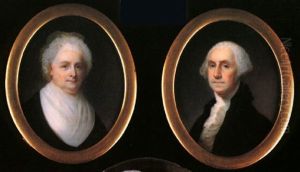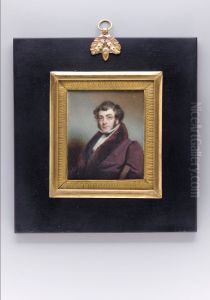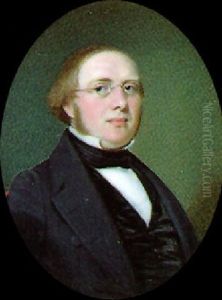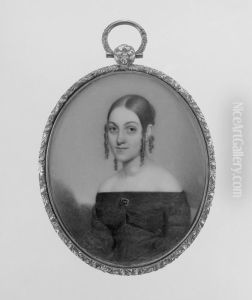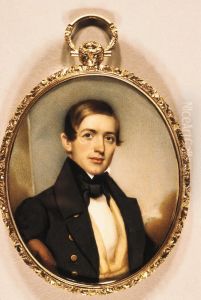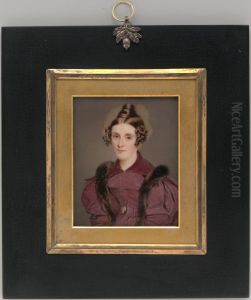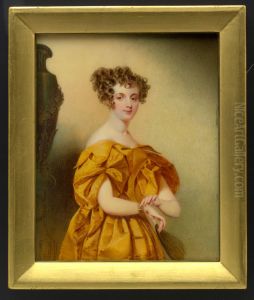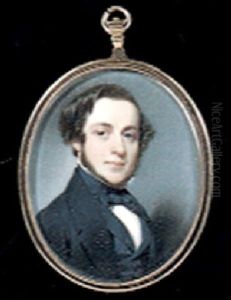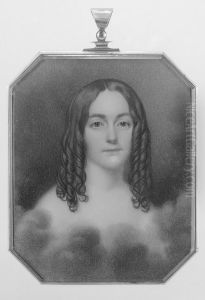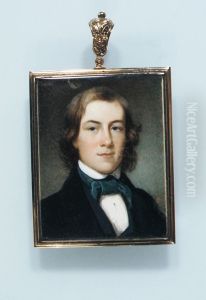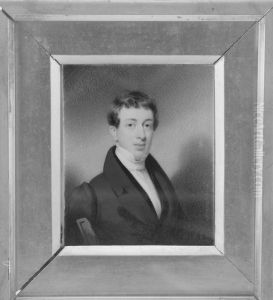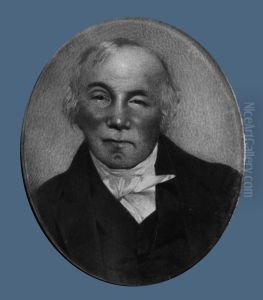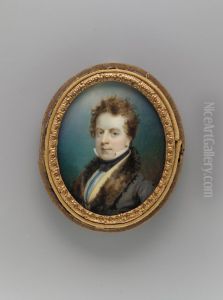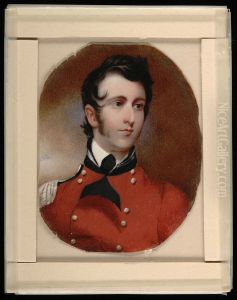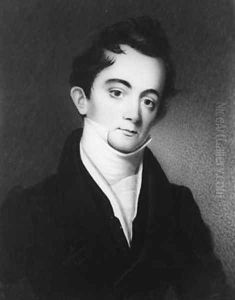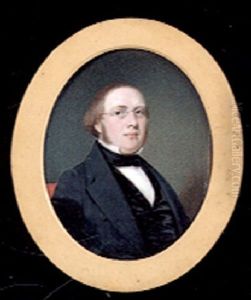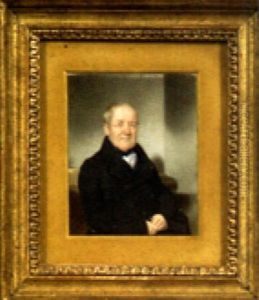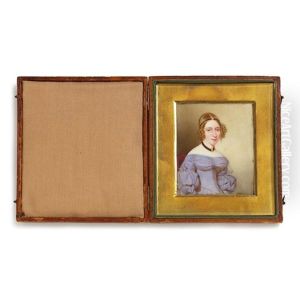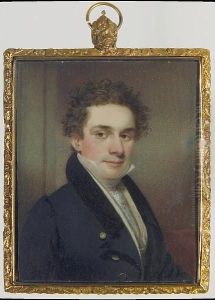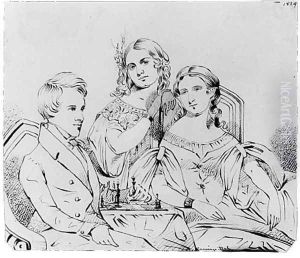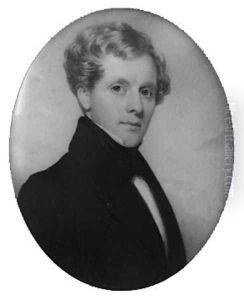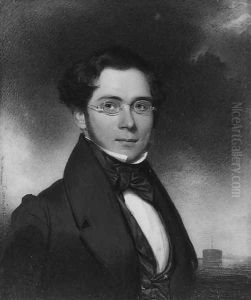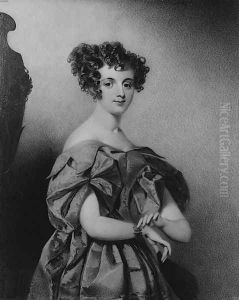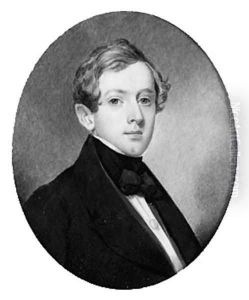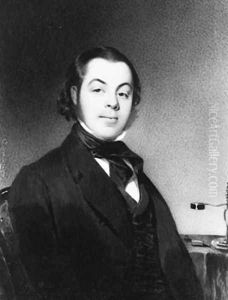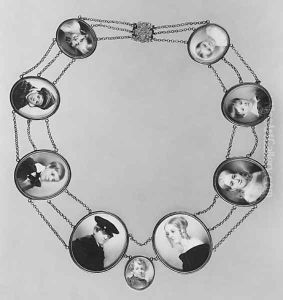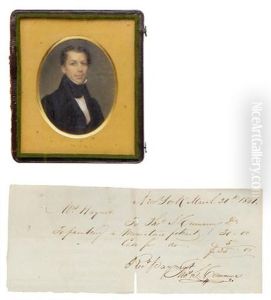Thomas Seir Cummings Paintings
Thomas Seir Cummings was an American miniature painter and one of the founding members of the National Academy of Design in New York City. Born on March 26, 1804, in Bath, England, Cummings moved with his family to the United States in 1805, settling in New York. Showing an early talent for art, he apprenticed with the well-known miniature painter Edward Greene Malbone and later with Henry Inman, who was a portraitist and also a founding member of the National Academy of Design.
Cummings focused primarily on miniature portraits, a popular form of portraiture in the 19th century before the advent of photography. His works were highly detailed and prized for their elegance and realism. Cummings became a sought-after artist among the New York City elite, capturing the likenesses of many prominent figures of the time.
In addition to his work as a miniaturist, Cummings was instrumental in the establishment of the National Academy of Design in 1825. The Academy was created as an artist-run institution to promote the fine arts in America through education and exhibitions. Cummings served in various administrative roles within the Academy, including the role of treasurer for many years.
Cummings was also an educator. He taught drawing and painting at the Mechanics' Institute in New York and was involved in art education for women, which was innovative at the time. He was a proponent of the idea that art should be accessible to all, regardless of gender or social class.
As photography began to replace miniature painting as the preferred medium for portraiture, Cummings' prominence as a miniaturist waned. Nevertheless, he continued to paint and remained active within the art community throughout his life.
Thomas Seir Cummings died on December 26, 1894, in Hackensack, New Jersey. His legacy is preserved in the collections of various museums, including the Metropolitan Museum of Art in New York, which holds several of his miniatures. Cummings' contributions to the development of the arts in America, particularly in establishing the National Academy of Design and advocating for art education, remain significant to the history of American art.
